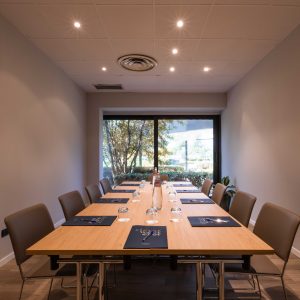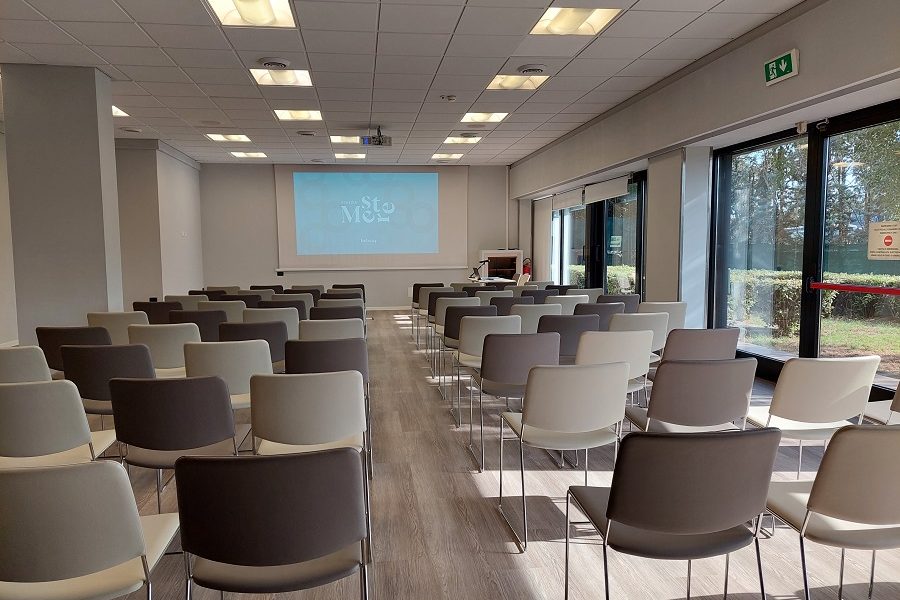Venice is one of the most renowned Italian cities in the world, and every year millions upon millions of tourists choose to visit it for its architectural wonders and its unique identity as an authentic floating city.
Each year, people from all over the world come to experience Venice, drawn by its singular charm, its priceless artistic and historical heritage, its vibrant craft traditions, and its deeply rooted culture.
Venice is crossed by no fewer than 150 canals and connected by over 400 bridges, features that make it truly one of a kind. The city is divided into six districts known as “sestieri”: San Marco, in the historic center, San Polo, Santa Croce, Dorsoduro, Castello, and Cannaregio.
Venice is inseparably tied to the life of its lagoon. In fact, speaking of Venice without mentioning the surrounding lagoon would be incomplete. A myriad of islands, both large and small, form part of the Venetian municipality. Among the most famous are Murano, known worldwide for its glassmaking tradition, and Burano, famed for its vibrant colors and lace craftsmanship.
Strolling through the narrow calli (alleyways) of Venice, one cannot help but be drawn in by the tempting aromas drifting from trattorias and restaurants scattered throughout the historic center. Venetian cuisine has been shaped by centuries of history and by its ancient trade connections with the East. It’s not unusual to find typical local ingredients—like lagoon fish or rice—prepared with a variety of Asian spices.
Venetian dishes blend the flavors of the sea and the mainland. For example, you might enjoy a plate of polenta served with fried lagoon shrimp, known as schie. Local bakeries and pastry shops offer a delightful array of traditional dry biscuits beloved by Venetians. Among the most popular are zaleti, bussolai, and baicoli—three distinct types of cookies that can be found in bakeries all across the city.

























